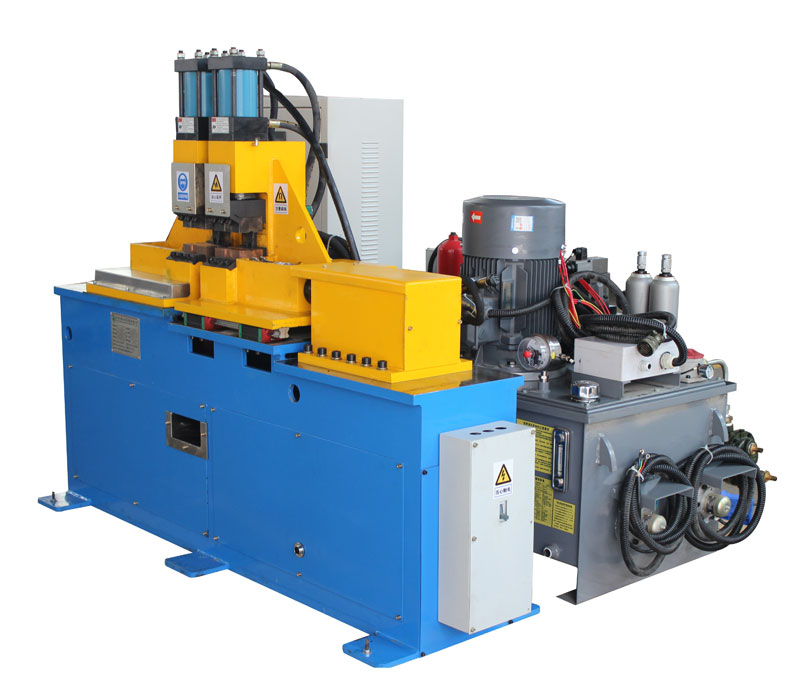Flash butt welding is a specialized welding process that relies on the generation of intense heat to fuse metals together. This heat is produced through a phenomenon known as flashing, and it takes on various forms depending on the metals being joined and the specific welding conditions. In this article, we will explore the different forms of metal melting in flash butt welding and their significance in the welding industry.
- Resistance Heating: In flash butt welding, one of the primary forms of metal melting occurs through resistance heating. When two metal workpieces are brought into contact, a high electrical current is passed through them. This current encounters resistance at the point of contact, generating significant heat. The localized heat raises the temperature of the workpieces, causing them to melt and eventually fuse together.
- Arc Flashing: Arc flashing is another form of metal melting in flash butt welding, typically observed when welding non-ferrous materials like aluminum. In this process, an electric arc is struck between the workpieces before they are brought into contact. The intense heat generated by the arc causes the edges of the workpieces to melt, and when they are forced together, they fuse through the molten metal.
- Upset Melting: Upset melting is a unique form of metal melting in flash butt welding that occurs during the “upset” phase of the process. This phase involves applying axial pressure to the workpieces, forcing them into contact. As the workpieces are compressed, the heat generated from the intense pressure causes localized melting at the interface. This molten metal then solidifies to form a strong, metallurgical bond.
- Solid-State Bonding: In some flash butt welding applications, a complete melt of the workpieces is not desirable, as it may result in metallurgical changes and weaker joints. Solid-state bonding is a form of metal joining where the workpieces are brought into contact without reaching their melting points. Instead, high pressure is applied to create a diffusion bond between the atoms at the interface, ensuring a strong and clean joint.
In conclusion, flash butt welding is a versatile process with various forms of metal melting, each suitable for different applications and materials. Understanding these forms and their implications is crucial for achieving high-quality welds in a variety of industries, from automotive to aerospace. Whether through resistance heating, arc flashing, upset melting, or solid-state bonding, the versatility of flash butt welding plays a significant role in modern manufacturing and construction.
Post time: Oct-26-2023



